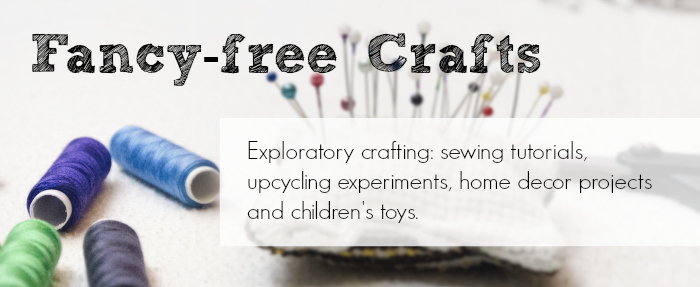Sit down with your favorite hot beverage and I'll tell you the tale. Perhaps you can learn from my misfortune.
It began a few weeks ago when my husband (from hereon referred to as 'Hubby') and I took a trip out to a small town in rural Ontario known for its farmers market and antique store.
We were cruising an antique mall when Hubby spotted a cheap plastic radio/mini jukebox that we suspect would have sat on a table at a retro diner. "That's pretty cool," he said. "Should I get it?"
We live in a small apartment and I'm already fighting a collection of tacky travel souvenirs and Dr. Who VHS tapes.
We're saving up to buy a house, so theoretically we will have space for some nice statement pieces in the near future. I had spotted an old tombstone desktop radio in another booth and as a last ditch attempt at a diversion I yelled, "No, if you want to get an old radio, get a cool old one like this!" Long story short, I won and the $30 plastic piece of junk lost. Or so I thought.
 |
| The gloriously dusty innards of our tube radio. It appears the electronics had been updated several times already. |
And that is how we wound up spending last Saturday driving 130 km north to a town of 1,500 to have the radio assessed. Here's a few fun facts we learned about antique radios:
- You can't run them for more than 30 to 45 minutes at a time because they can heat up to 70 degrees inside. Huzzah, overheating and fire hazard!
- They're not grounded, so the are a shock risk. Yay, electrocution!
- That's also why they don't have backs on them, for cooling airflow.
- For fire protection, many old radios have asbestos in them. Yay, cancer causing agents!
- Back during the WW era, you needed a license to operate a radio, as the government wanted to know who was listening to sensitive news and information. Our radio can only pick up shortwave and AM stations, but we were assured that we could pick up stations from England in central Canada.
And for the love of all things chocolate, if you ever see an old radio, don't plug it in unless you know its safe!!
I'm excited to see this beauty when she's all ship shape. We'll be listening to Zoomer radio and the oldies. :P










